6 Tanium Features And Partnerships Unveiled At Converge 2020
From quantifying endpoint risk to debuting a cloud-hosted platform to forging partnerships with some of the most prestigious IT vendors in the world, here’s a look at six interesting things coming out of Tanium Converge 2020.
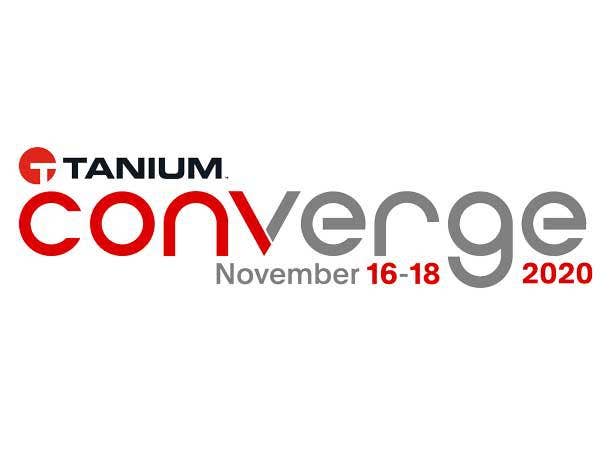
Putting Partners First
Tanium has over the past year made a significant shift in pursuing investments that benefit the company’s partner ecosystem, launching initiatives that lower the barriers to entry for new solution providers and streamline the validation, provisioning and ongoing management of the company’s flagship endpoint management offering, according to Chris Hallenbeck, CISO for the Americas.
“We’ll continue to look for ways to make it even more frictionless to facilitate having our partners play in that space,” Hallenbeck told CRN in the lead-up to Tanium Converge 2020, where the company expects to virtually host more than 2,500 security and IT professionals from Nov. 16 to Nov. 18.
A combination of new tools, user interface upgrades and partnerships with some of the most prestigious IT vendors in the world will make it easier for partners to quantify risk, offer free product trials and reach cloud-centric businesses. From a new cloud-hosted offering to bringing together insights on users and their devices, here’s a look at six features and partnerships debuting at Tanium Converge 2020.
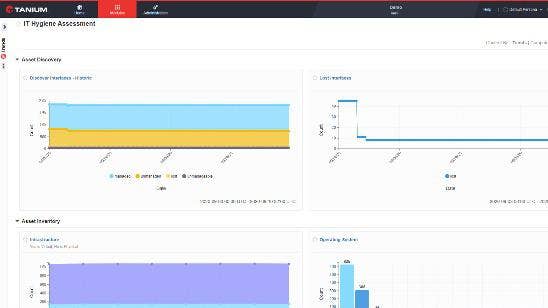
6. Friendlier User Interface
Feedback from Tanium customers and partners indicated that many struggled with the company’s user interface and had to routinely lean on their technical account managers, Hallenbeck said. Tanium has therefore sought to simplify the user experience by making relevant information more accessible, according to Hallenbeck.
As a result, Hallenbeck said Tanium has simplified deployments and put more information upfront about how the Tanium platform is operating, the current health of the organization’s IT ecosystem, and what action a user should take next to ensuring their systems are working as expected. That’s a dramatic change from the old user interface, which he said needed lots of steps and clicking to make things work.
From initial deployment and updates to general feeding, care and administration, Hallenbeck said the new user interface requires many fewer clicks to get to a variety of different key functions.
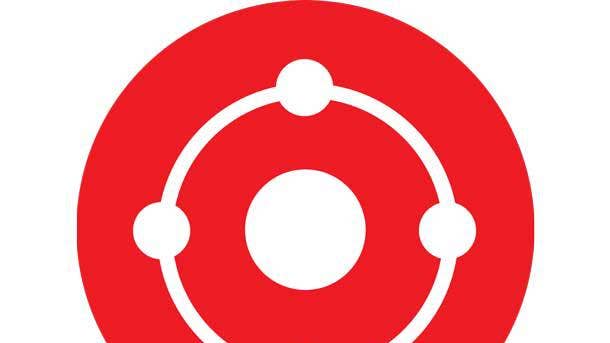
5. Tanium as a Service
The debut of the cloud-hosted Tanium as a Service unified endpoint management and security platform will reduce friction for customers who aren’t looking to add new things into their data center, he said. Traditional deployments could take months due to delays associated with customers needed to find space in their data center with enough power and cooling capacity for the server, Hallenbeck said.
Traditional deployments also have to go through multiple people and teams, while those using virtual infrastructure must have sufficient CPU and memory, which often results in it getting lost in the customer’s internal bureaucracy, Hallenbeck said. But the deployment of Tanium as a Service infrastructure can be automated and allows the customer to be up and running in hours if not minutes.
The company ramped up a team of security personnel and site reliability engineers (SREs) that are conversant in cloud technologies who put in work behind the scenes so that updates can happen in an automated fashion, Hallenbeck said. All Tanium as a Service processes were built to be repeatable, and the team ensured that deployments and security could be delivered in a consistent manner, he said.
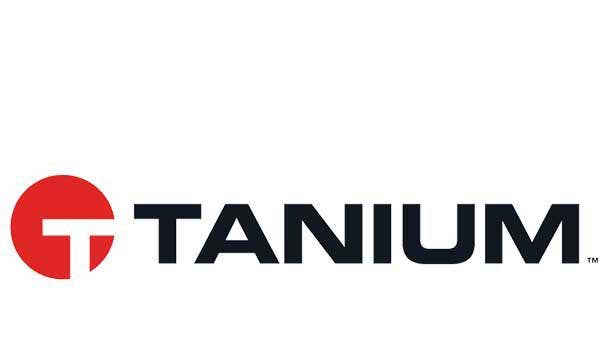
4. Hands-Free Proof of Concept
Businesses can now sign up for a trial period to use Tanium in cloud-hosted environments, making it possible for them to deploy agents onto their traditional endpoints and really kick the tires, he said. Having Tanium available in a cloud-hosted environment has really lowered the barriers to entry for prospects since there aren’t any sunk costs if the prospect decides not to make the purchase, he said.
The cloud-hosted Proof of Concept allows organizations to determine if Tanium’s technology meets their needs without having to get any infrastructure up and running on their own, Hallenbeck said. Reducing the friction around prospecting should help shorten the sales cycle for Tanium partners and result in an uptick in adoption, according to Hallenbeck said.
Tanium wants to make it easier for new channel partners to land their first customer without having to go incredibly deep in the weeds from a training and certification perspective, according to Hallenbeck. The company up until now had needed to focus massive amounts of training and certification resources on a very small number of channel partners given the complexity around on-premise deployments.

3. IBM Collaboration
IBM has consultants throughout the world, a phenomenal cloud environments and capabilities spanning from IT deployments to incident response, making them the perfect candidate for a deeper partnership, Hallenbeck said. COVID has made it more relevant than ever for organizations to get insight not only into their on-premise systems or laptops but also their cloud environments, according to Hallenbeck.
IBM was historically a rival of Tanium’s, but Big Blue’s sale of BigFix to HCL Technologies in July 2019 as part of a $1.8 billion transaction removed the competition element, causing both sides to start looking at partnership opportunities, according to Hallenbeck. If IBM were still a competitor, he said it would have taken longer to figure out how and where to partner, though it would have eventually happened.
Right now, Hallenbeck said customers point Tanium toward systems in their environment by deploying agents or by using an API to connect to another layer of assets within an organization. But by integrating with IBM Cloud, Hallenbeck said Tanium’s technology will be able to more easily reach cloud customers of Big Blue.

2. Salesforce Partnership
Salesforce has a tremendous amount of insight into employees as well as the relationship between workers within an organization, which Hallenbeck said aligns perfectly with the information Tanium can provide around the performance of a user’s IT assets. Combining the power of Salesforce and Tanium means that information can be obtained about both workers as well as the IT assets they’re working on.
Bringing the two companies closer together should help contextualize information and streamline help desk interactions by providing more visibility into the IT assets and endpoints a specific user has access to, he said. Deskside visits from technicians are no longer possible due to COVID-19, meaning that firms are having to FedEx new machines to employees with technology issues, which can eat up a lot of time.
By taking Salesforce’s Work.com IT service management tool and bringing it all the way down to the desktop, Hallenbeck said Tanium should be help to speed up the remediation cycle so that technical issues are properly diagnosed or maybe even fixed during the initial help desk call.
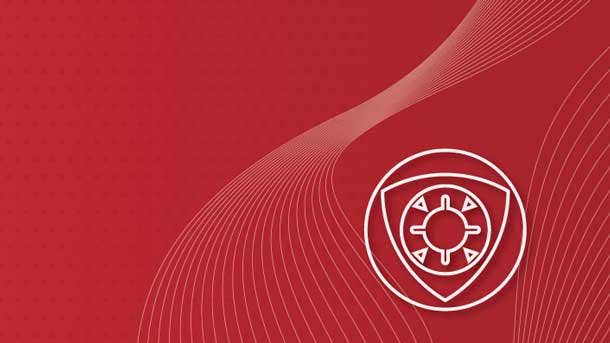
1. Tanium Risk
Tanium has unique insight into everything that’s happening on the endpoint such as how many unpatched assets exist and where vulnerabilities are, Hallenbeck said. Businesses have often overlooked unmanaged machines such as IoT devices – which can compromise 15-to-20 percent of all IT assets – since they’re not under the purview of patch management tools, which Hallenbeck said introduces risk.
Tanium Risk gives customers insight into how their endpoints are operating by providing them with a score that contextualizes how secure the company’s IT assets are, Hallenbeck said. The tool is expected to be released in spring 2021, and Hallenbeck said organizations can adjust their risk score by noting issues they don’t feel are worth the cost of remediating such as vulnerabilities behind a patched firewall.
Down the road, Hallenbeck said Tanium hopes to be able to compare an organization’s risk score with that of peers who have a similar vertical focus or company size. The risk score has key metrics across operational, security and regulatory domains to assess business continuity, endpoint configuration and vulnerabilities, and the mapping of technical controls to desired cybersecurity frameworks.